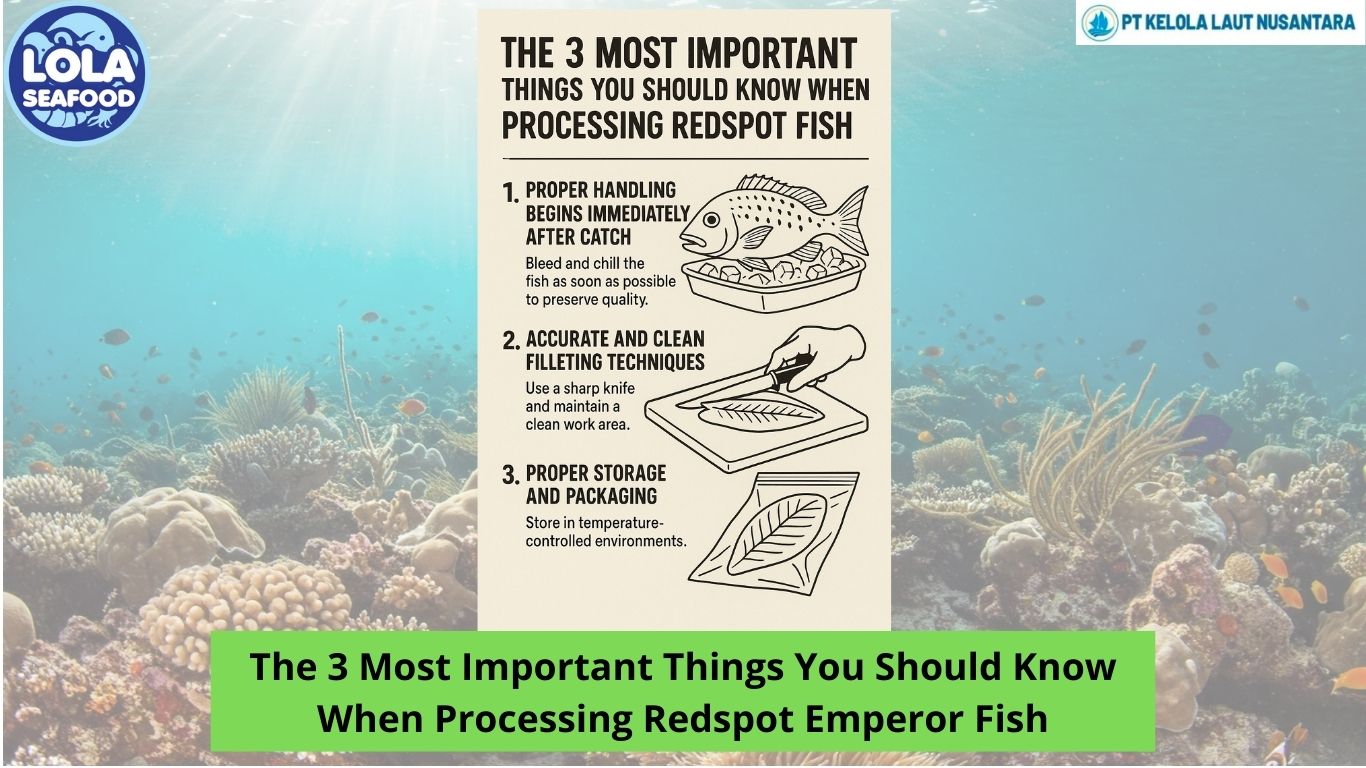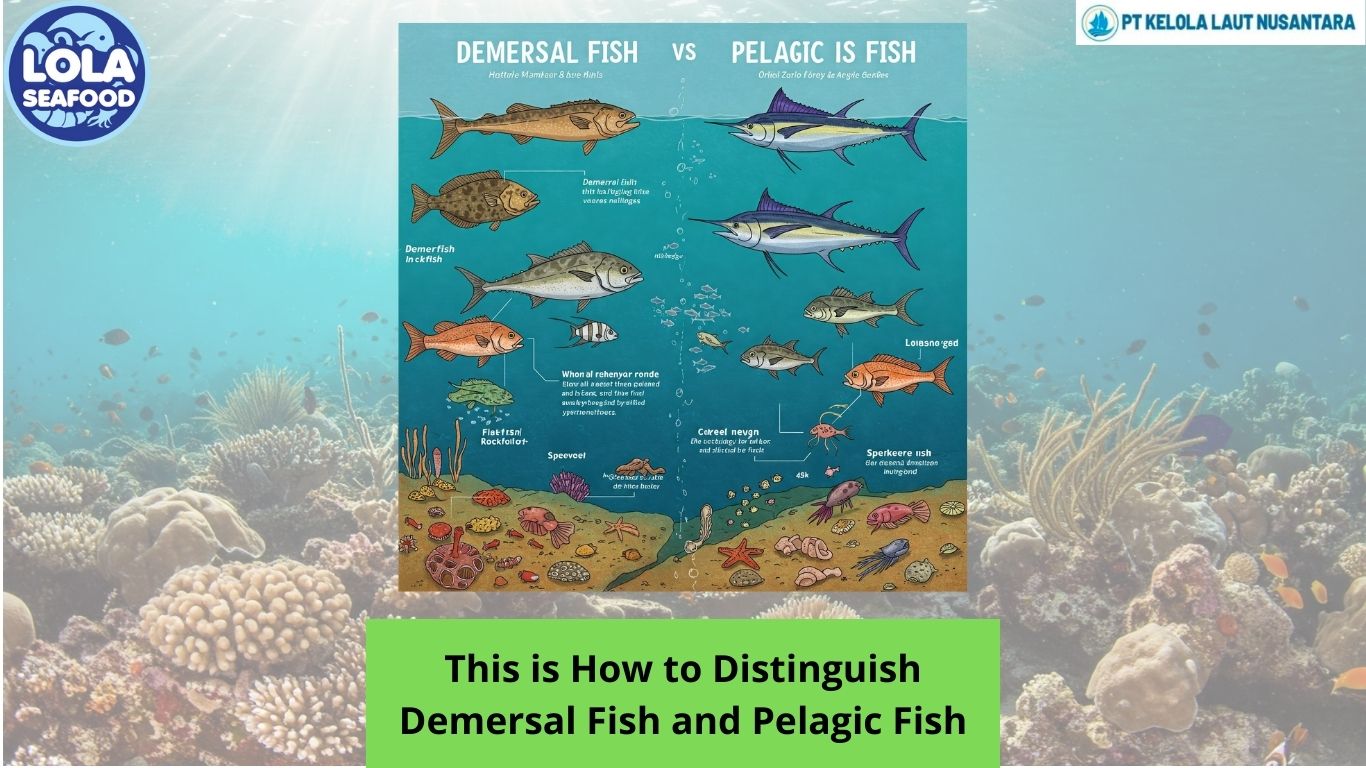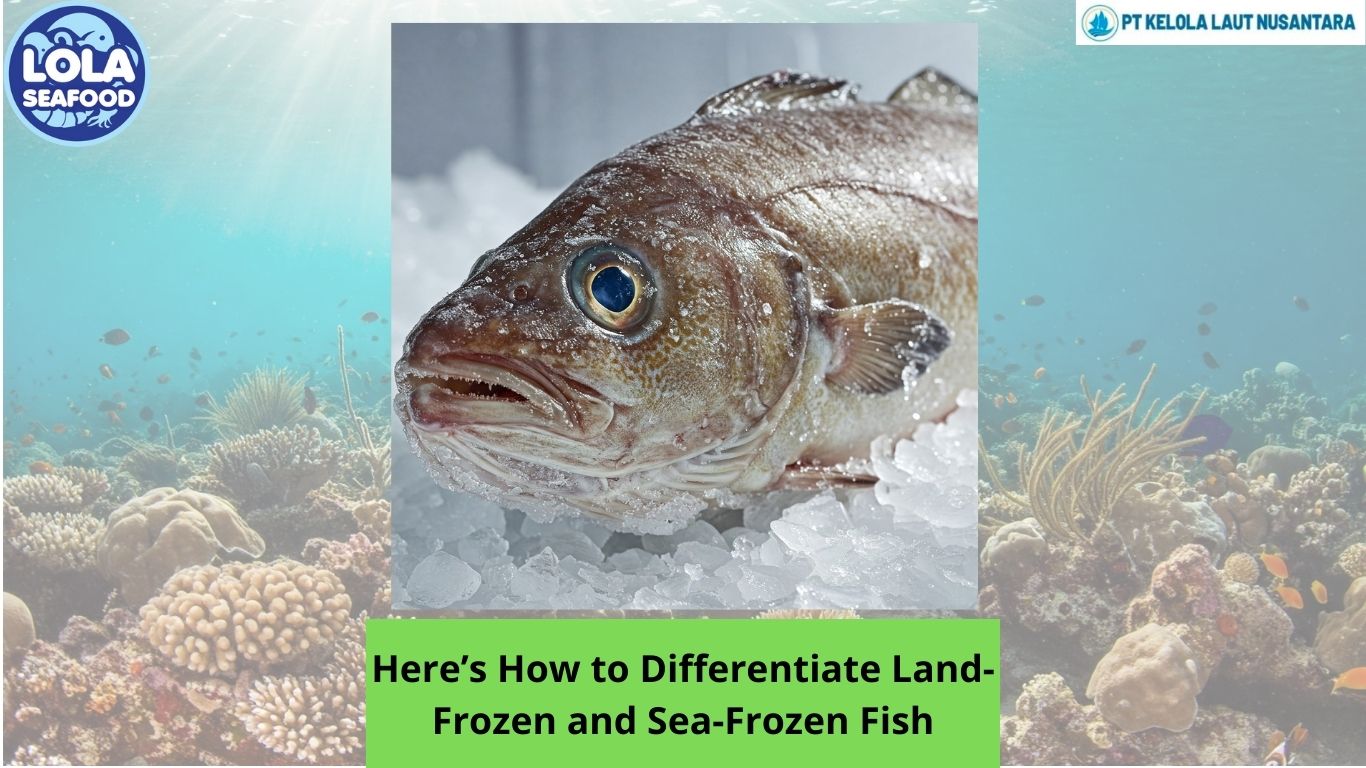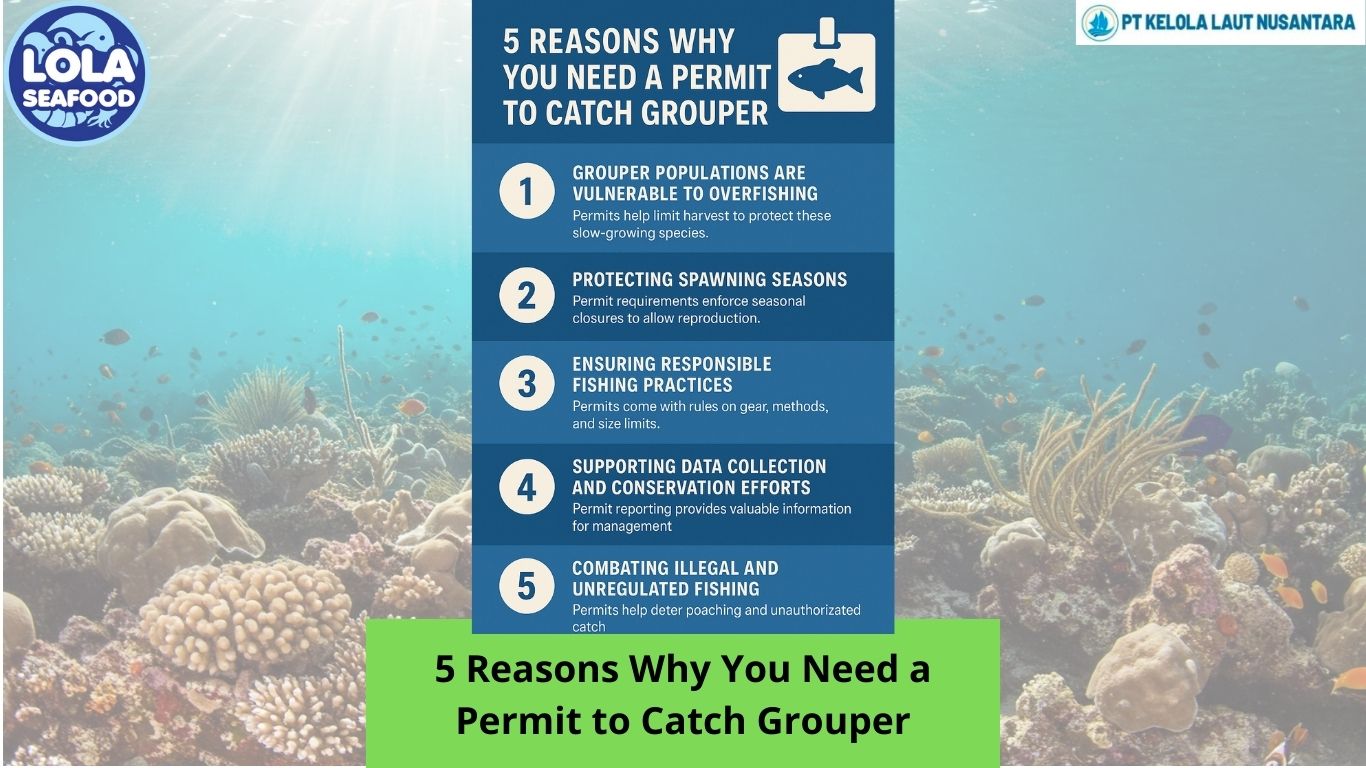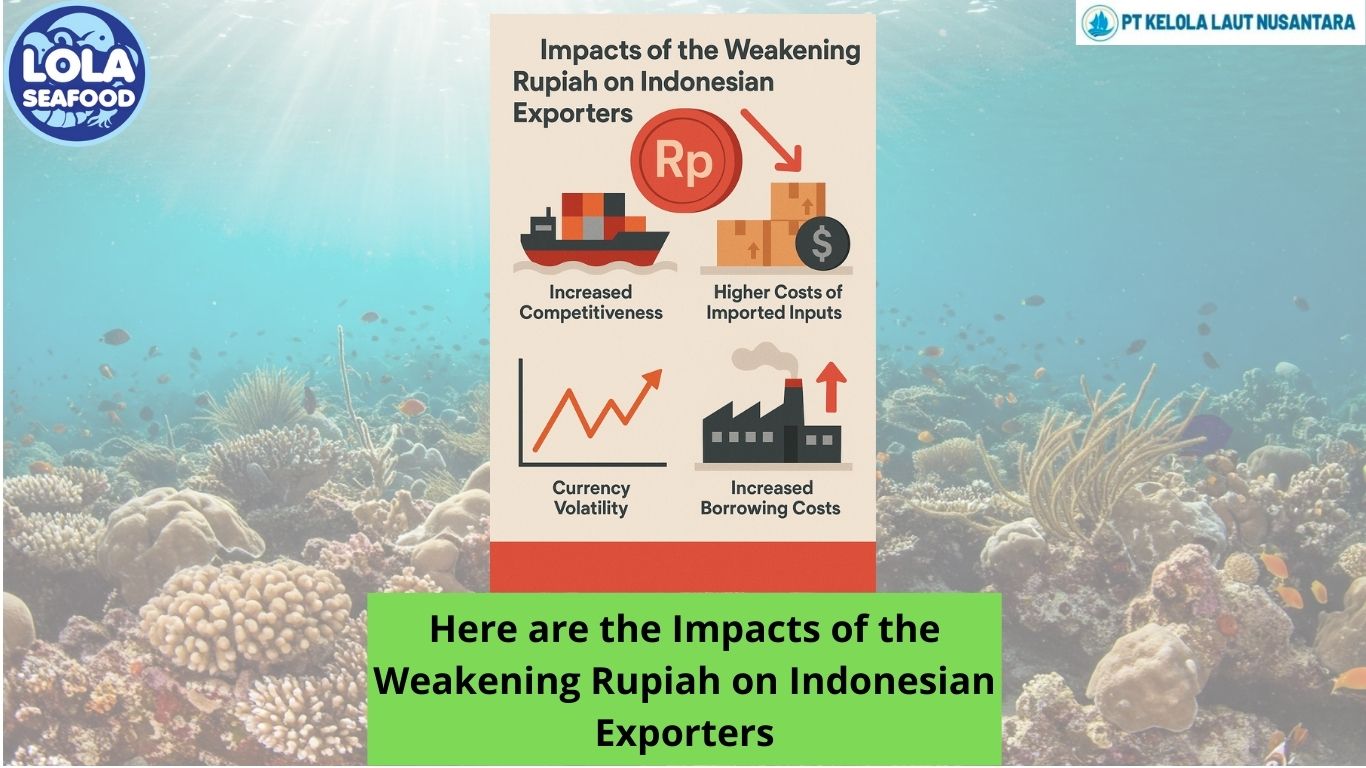Disease Management in Shrimp Farming
By. Nevanda - 21 Sep 2023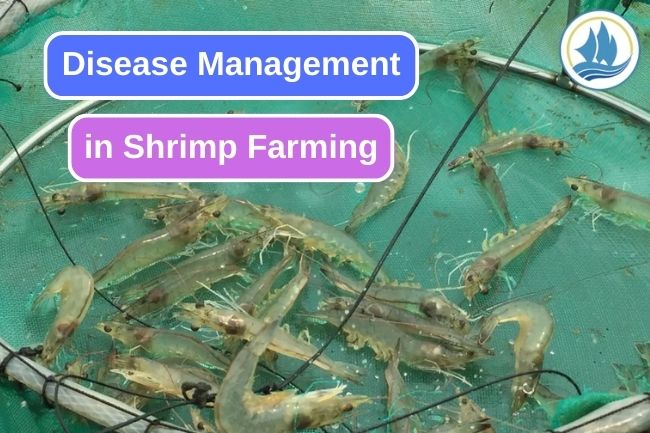
kelolalaut.com - Shrimp farming is a lucrative industry that has witnessed substantial growth in recent years, catering to the ever-increasing global demand for this delectable seafood. However, one of the most formidable challenges faced by shrimp farmers is the management and prevention of diseases. Disease outbreaks can lead to significant economic losses, and therefore, understanding effective disease management strategies is paramount for the sustainability and profitability of shrimp farming operations.
Read also: Careful when Eat These Possibly High-Mercury Fish
Proactive Disease Management Strategies
1. Biosecurity Measures
Implementing strict biosecurity measures is the first line of defense against diseases. This includes controlling the entry of pathogens into the farm through measures such as disinfection of equipment, vehicles, and personnel.
2. Quality Seedstock
Begin with healthy and disease-free shrimp seedstock. Quarantine and test incoming shrimp to ensure they are free from known pathogens.
3. Water Management
Maintaining optimal water quality is crucial. Regular monitoring of water parameters, efficient filtration systems, and water exchange can help prevent stress and disease.
4. Nutrition and Feeding
Providing a balanced and nutritious diet is essential for shrimp health. Proper feeding practices can boost the immune system and reduce susceptibility to diseases.
5. Selective Breeding
Some shrimp breeding programs focus on developing disease-resistant strains. Investing in these strains can be a long-term solution.
Read also: Here are 9 Fun Facts of Yellowfin Tuna
Response to Disease Outbreaks
When a disease is found or detected in cultured shrimp, the farmer can do the following things:
1. Early Detection
Rapidly identify signs of disease within the shrimp population. Regular monitoring and sampling are essential for early detection.
2. Isolation and Quarantine
Isolate and treat affected ponds or tanks to prevent the spread of the disease to healthy shrimp populations.
3. Treatment
Consult with aquatic veterinarians or disease experts to determine appropriate treatment options, which may include antibiotics, probiotics, or other medications.
4. Record Keeping
Maintain detailed records of disease outbreaks and treatment protocols to inform future prevention strategies.
Disease management is an integral part of successful shrimp farming. By implementing proactive biosecurity measures, maintaining excellent water quality, and responding swiftly to disease outbreaks, shrimp farmers can minimize the risks associated with disease and work towards sustainable and profitable operations. As the industry continues to grow, the ongoing development and adoption of advanced disease management strategies will play a vital role in securing the future of shrimp farming and the global supply of this beloved seafood.
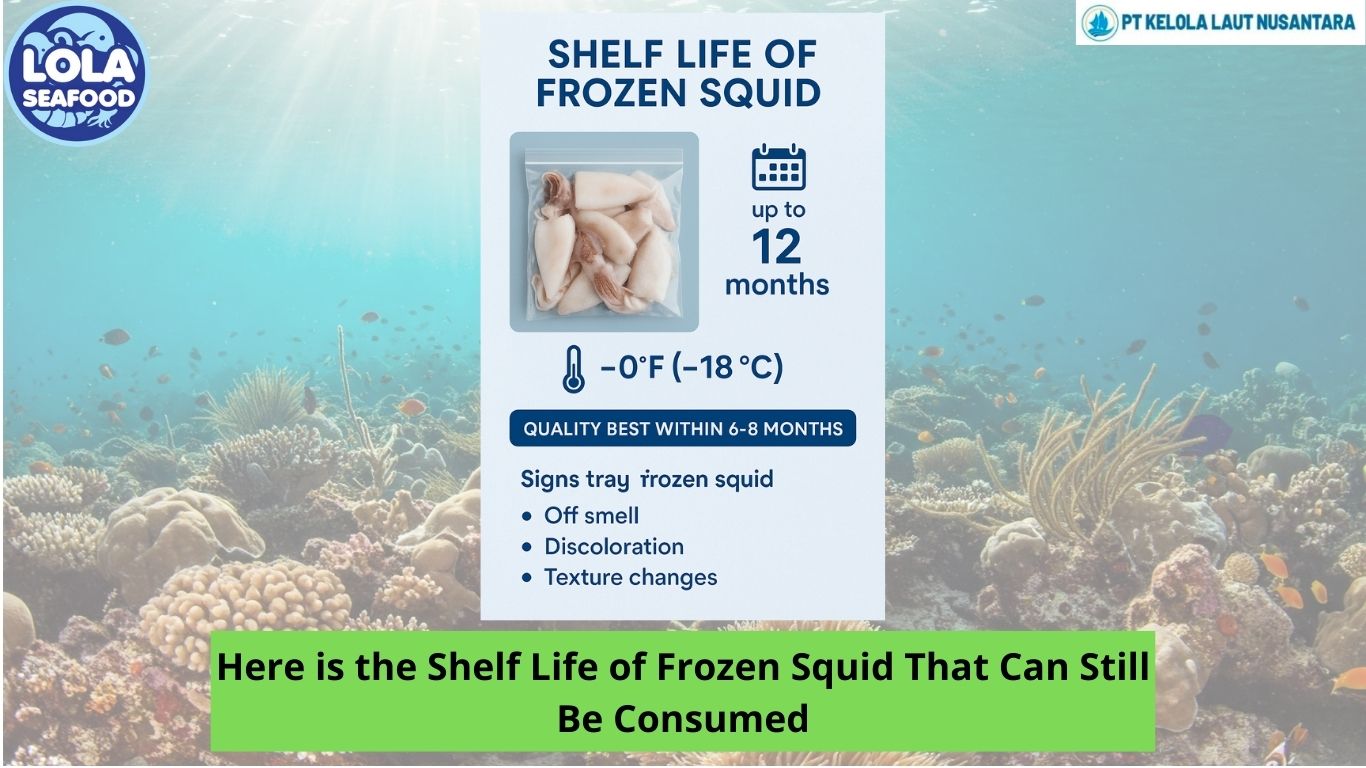
.jpg)
.jpg)
.jpg)
